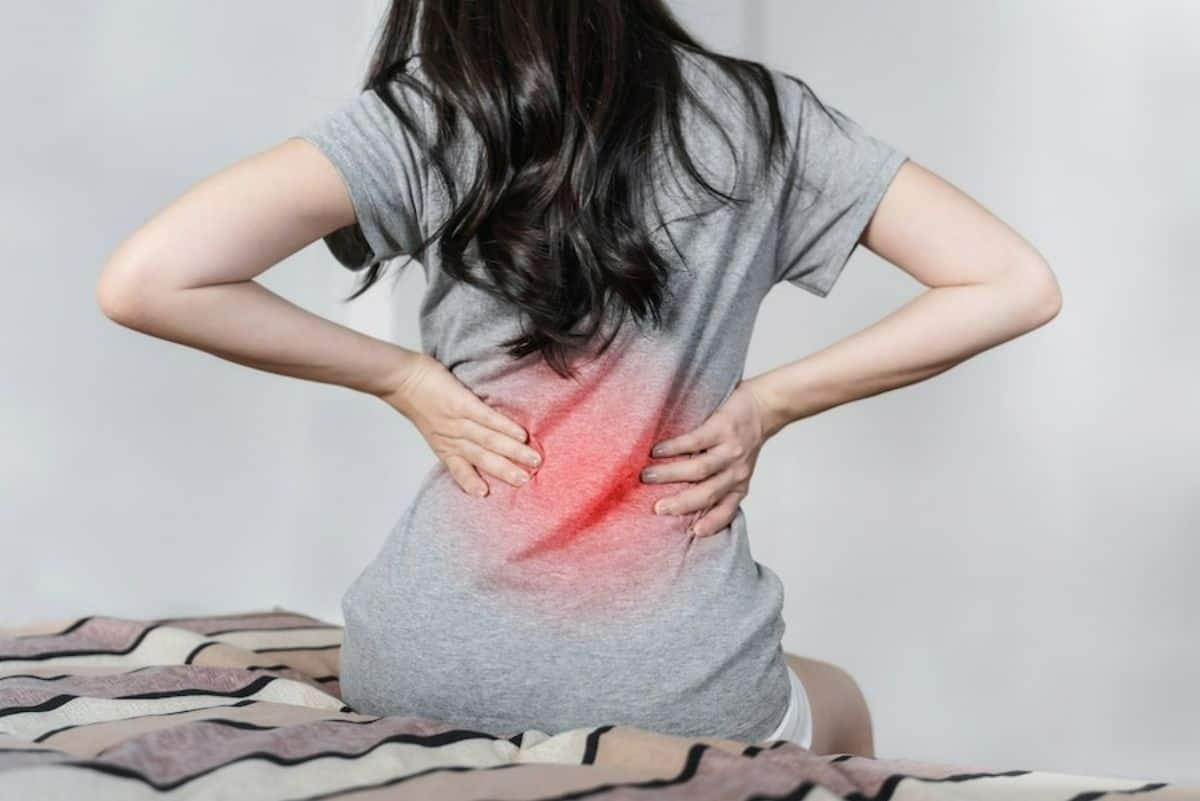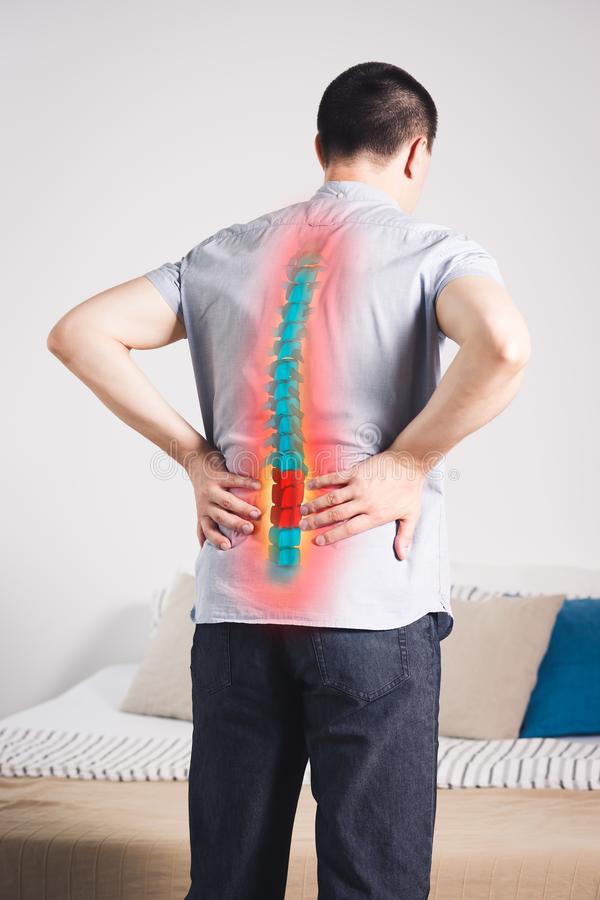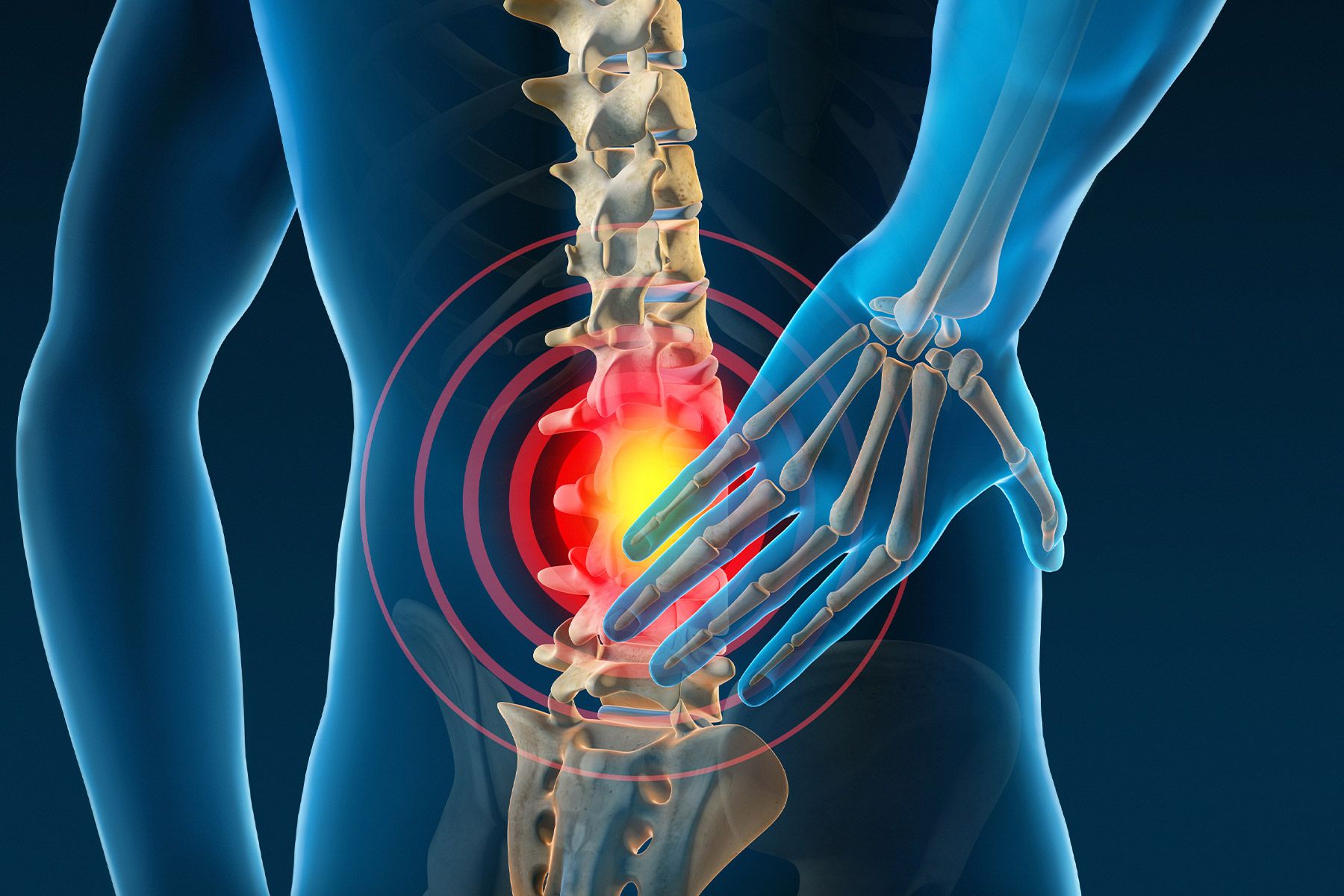Roohealthcare.com – Back inflammation is one of the most common health problems, and it can affect a person in various ways. It can be a very bothersome condition, and it may even cause pain in other structures nearby. Fortunately, the majority of cases are self-inflicted, and can be treated. The cause is usually overuse, repetitive movements, or poor training of the muscles that support the back. Regardless of the cause, it is important to listen to the pain signals and take action when necessary.
Symptoms of Back Pain Varies
The typical symptoms of back inflammation include local swelling, redness of the skin, and pressure pain. The inflammation process is a normal response to tissue damage. When the soft tissues in your back become inflamed, increased blood circulation results in swelling, redness, and pain. The intensity of these symptoms will vary based on the type of tissue and how much inflammation has affected it.
A physical examination can help diagnose and manage back pain. Your doctor may also recommend blood tests or imaging to determine the cause of the swelling. An X-ray can help rule out fractures in the back, and an MRI can show damage to the intervertebral discs and soft tissues. An ultrasound can also be used to assess whether there is an accumulation of fluid in the area.

Back strains are a common cause of back pain and often result from an activity that puts strain on the lower back. This type of pain is usually localized to the lumbar spine. However, it may also include buttock pain that alternates between sides. It differs from other types of back pain in terms of its severity, duration, and progression.
Back Pain can be Caused by Various Factors
Inflammatory back pain can be caused by a number of conditions. The prevalence of inflammatory back pain varies widely, from three to seven percent. One study in Mexico found a prevalence of three percent. Nevertheless, the incidence is rarely more than 8%. However, back pain can be caused by a variety of factors, such as poor physical conditioning or poor fitness.
Back pain is a common symptom of many other health problems. A herniated disc, arthritis, or a bulge in the L4 or L5 vertebra can all cause back pain. It can also occur as a symptom of an underlying condition, such as osteoporosis. If you suffer from back pain, it can be very painful, affect your daily activity, and affect your mental and emotional health.

If your back pain is chronic and persistent, see a doctor. Most doctors will recommend a course of treatment based on the intensity of the pain. Patients may also undergo x-rays to determine if the pain is caused by arthritis or a fracture. If you have pain in your back, a doctor can diagnose it quickly. If it is due to a fractured bone or an underlying condition, the doctor can prescribe medication to help with the inflammation.
Types of Arthritis Have Different Causes and Treatments
Arthritis is a common cause of back inflammation. It affects the joints of the spine, which are lined with a thin membrane. The inflammation in the joint can cause pain, stiffness, and swelling. There are several different types of arthritis, and each type has a different cause and treatment. Arthritis is a degenerative disease that can affect the entire spine, or any segment of it. This can lead to spondylolisthesis, which causes pain and pressure on the nerve roots at the bottom of the spine.

A hot or ice pack may provide pain relief. These methods stimulate blood circulation and healing. Heat packs, however, should not be used for extended periods of time, as they can cause more harm than good. Other options include over-the-counter pain relievers or non-steroidal anti-inflammatory drugs. Topical diclofenac is often recommended for the treatment of arthritis symptoms.
Reference:
